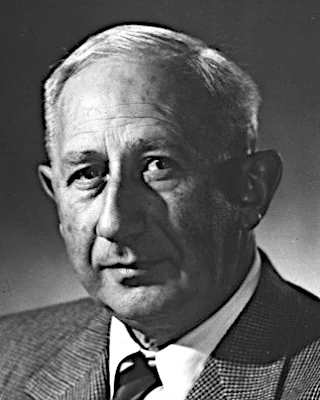
Born on March 24, 1893, in Schröttinghausen (Germany), Wilhelm Heinrich Walter Baade (1893-1960) left his mark on astronomy through meticulous observations and fundamental discoveries about the structure of galaxies. Trained at the University of Göttingen, he emigrated to the United States in 1931 to escape the rise of Nazism, joining the Mount Wilson Observatory in California.
During World War II, blackouts in Los Angeles provided him with an exceptionally dark sky, ideal for observations. In this context, he identified two distinct stellar populations in the Andromeda Galaxy (M31):
Baade revolutionized several fields:
Although less publicized than some of his contemporaries, Baade received the RAS Gold Medal in 1954 and the Bruce Medal in 1955. His name is now associated with:
| Discovery | Year | Impact | Collaborators |
|---|---|---|---|
| Distinction between Population I and Population II | 1944 | Understanding of galactic evolution and star formation | Solo work (observations at Mount Wilson) |
| Recalibration of M31's distance | 1952 | Doubling the Universe's distance scale (from 500 Mpc to >1 Gpc) | With Allan Sandage (1926-2010) |
| Theory of supernovas and neutron stars | 1934 | Prediction of compact remnants of massive stars (confirmed in 1967 with pulsars) | With Fritz Zwicky |